Japanese house plants are not just beautiful additions to your living space; they are also a means to infuse your home with a sense of tranquility and elegance. These plants are known for their aesthetic appeal and the sense of calm they bring.
In this article, we will explore the various types of Japanese house plants, how to care for them, and the benefits they offer. Whether you’re a seasoned plant enthusiast or a beginner looking to green up your space, this guide will provide valuable insights.
Table of Contents
Introduction to Japanese House Plants
Japanese house plants have gained popularity around the world for their unique beauty and the calming atmosphere they create. From the delicate leaves of Japanese maples to the intricate forms of bonsai trees, these plants reflect the essence of Japanese culture and design.
In this article, we will discuss in detail the different types of Japanese house plants, how to care for them, and how to incorporate them into your home decor.
Benefits of Japanese House Plants
Japanese houseplants offer numerous benefits beyond their visual appeal. They improve indoor air quality by filtering out pollutants, increasing humidity levels, and create a calming environment that can help reduce stress and enhance mental well-being.
Moreover, tending to plants can be a therapeutic hobby, providing a sense of accomplishment and a connection to nature.
Popular Types of Japanese House Plants
Bonsai Trees
Bonsai trees are perhaps the most iconic Japanese house plants. These miniature trees are meticulously trained to mimic the shape and scale of full-sized trees. Bonsai can be created from various species, including juniper, maple, and pine. They require regular pruning and shaping, making them a rewarding challenge for plant enthusiasts.
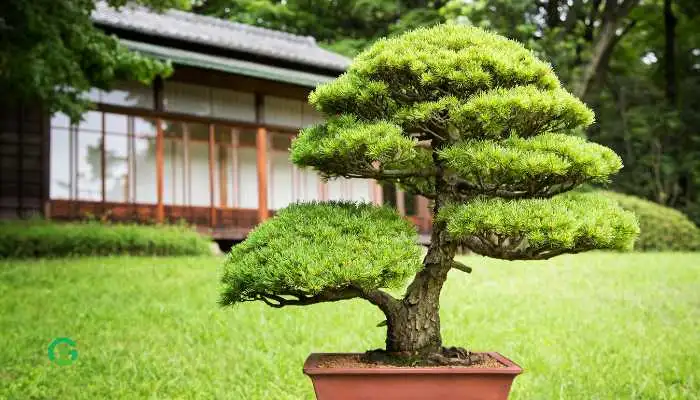
Lucky Bamboo
Although not a true bamboo, lucky bamboo is a popular house plant in Japan and around the world. Its slender, upright stalks and lush green leaves symbolize good luck and prosperity. Lucky bamboo is incredibly easy to care for, thriving in low light and requiring minimal maintenance.
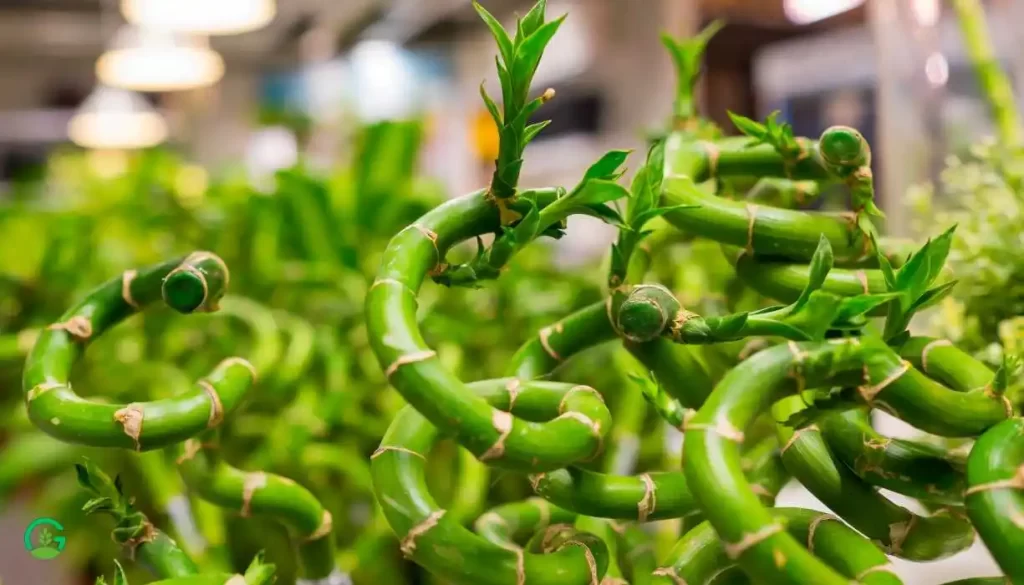
Ficus Ginseng
Ficus ginseng, with its thick, gnarled roots and glossy leaves, is another favorite among Japanese house plants. It resembles a miniature tree and is often grown as a bonsai. Ficus ginseng is known for its air-purifying qualities and its ability to thrive indoors with proper care.
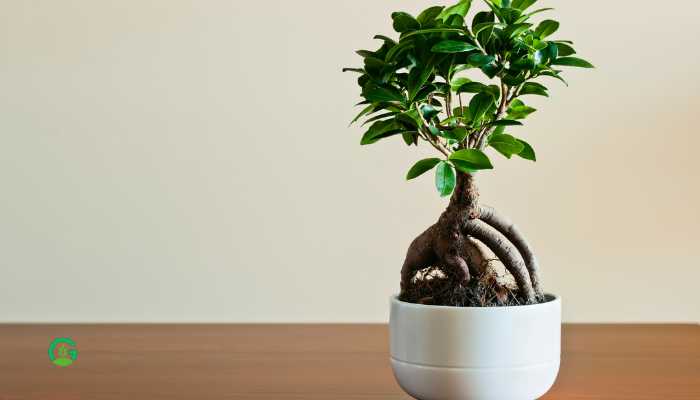
Japanese Maple
Japanese maple trees are renowned for their stunning foliage, which changes color with the seasons. While they are typically grown outdoors, dwarf varieties can be cultivated as house plants. These trees require bright, indirect light and careful watering to maintain their vibrant leaves.
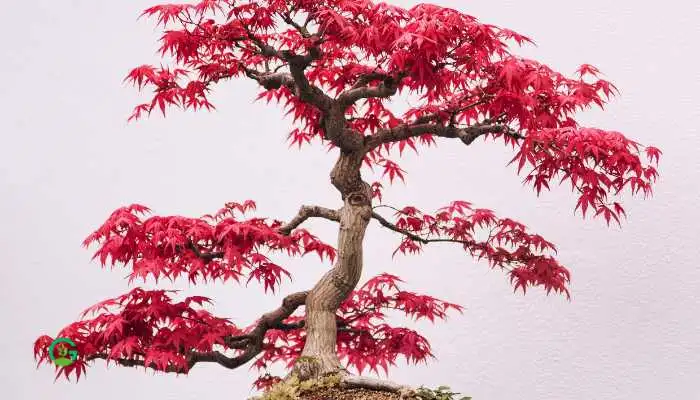
Caring for Japanese House Plants
Light Requirements
Most Japanese house plants thrive in bright, indirect light. However, the specific light requirements can vary depending on the plant species. For example, bonsai trees often need more sunlight, while lucky bamboo can tolerate lower light conditions. It’s essential to understand the light needs of your specific plants to ensure they grow healthy and strong.
Watering Needs
Proper watering is crucial for the health of Japanese house plants. Overwatering and underwatering can both cause significant problems. Most plants prefer their soil to be kept consistently moist but not soggy. It’s important to allow the top layer of soil to dry out slightly between waterings and to use well-draining soil to prevent root rot.
Soil and Fertilization
Japanese house plants generally thrive in well-draining soil that provides adequate nutrients. Regular fertilization during the growing season can promote healthy growth. Using a balanced, water-soluble fertilizer once a month is usually sufficient. Be sure to follow the specific fertilization recommendations for each type of plant.
Pruning and Maintenance
Pruning is an essential part of caring for Japanese house plants, especially for bonsai trees. Regular pruning helps maintain the desired shape and encourages new growth. Remove any dead or damaged leaves and branches to keep the plant healthy. Additionally, cleaning the leaves periodically can help prevent dust buildup and improve photosynthesis.
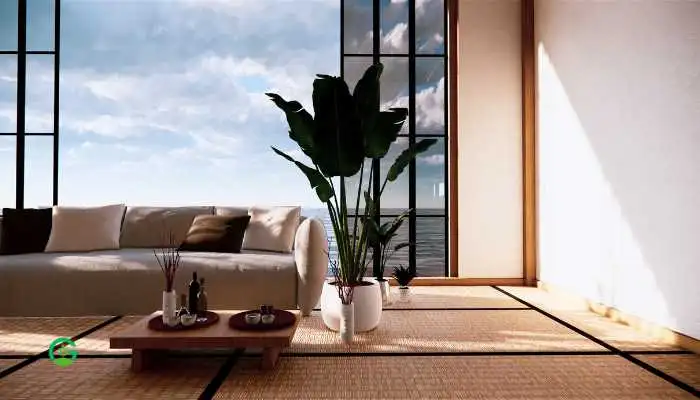
Decorating with Japanese House Plants
Creating a Zen Garden Indoors
One of the best ways to incorporate Japanese house plants into your home is by creating a small indoor Zen garden. Use a combination of rocks, sand, and carefully placed plants to create a serene, meditative space. Bonsai trees, moss, and ferns are excellent choices for a Zen garden, adding to the tranquil atmosphere.
Complementing Your Home Decor
Japanese house plants can enhance various interior design styles, from minimalist to traditional. Their natural beauty and elegance make them versatile additions to any room. Place a Japanese maple in a decorative pot as a focal point, or use lucky bamboo to add a touch of greenery to your workspace.
Read More
Common Problems and Solutions
Pest Control
Pests such as aphids, spider mites, and scale insects can occasionally affect Japanese house plants. Regularly inspect your plants for signs of pests and treat any infestations promptly. Natural remedies, such as neem oil or insecticidal soap, are effective and safe options for pest control.
Overwatering and Underwatering
Overwatering and underwatering are common issues that can harm Japanese house plants. To avoid these problems, ensure proper drainage and follow a consistent watering schedule. Adjust your watering routine based on the plant’s needs and the environmental conditions in your home.
Conclusion
Japanese house plants bring a touch of nature’s elegance and tranquility into our homes. With proper care and attention, these plants can thrive and enhance our living spaces for years to come. Whether you’re creating a Zen garden or simply adding a few plants to your decor, the beauty and benefits of Japanese house plants are undeniable.
FAQs
What are the best Japanese house plants for beginners?
For beginners, lucky bamboo and ficus ginseng are excellent choices. They are relatively low-maintenance and can thrive in a variety of indoor conditions.
How often should I water my bonsai tree?
Bonsai trees typically require watering every few days, but this can vary based on the species and environmental conditions. It’s important to check the soil moisture regularly and water when the top layer of soil feels dry.
Can I grow a Japanese maple indoors?
Yes, you can grow dwarf varieties of Japanese maple indoors. They require bright, indirect light and regular watering to maintain their vibrant foliage.
What should I do if my Japanese house plant has pests?
If you notice pests on your Japanese house plant, treat the infestation promptly with natural remedies such as neem oil or insecticidal soap. Regularly inspect your plants to catch any issues early.
How can I create a Zen garden with Japanese house plants?
To create a Zen garden indoors, use a combination of rocks, sand, and carefully placed plants like bonsai trees, moss, and ferns. Arrange these elements to create a serene and meditative space.
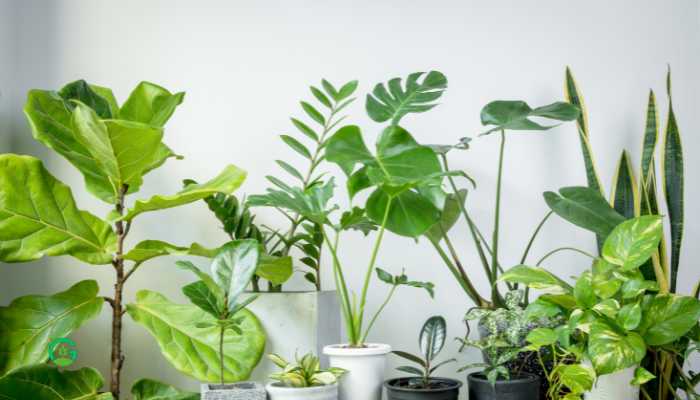
















1 thought on “Best Japanese House Plants”